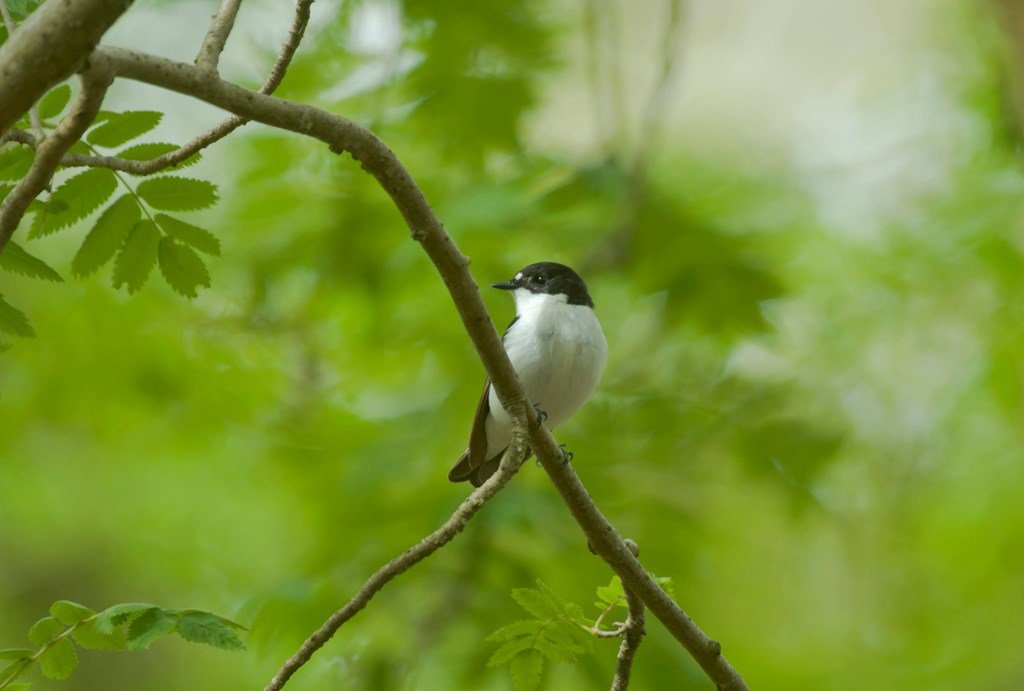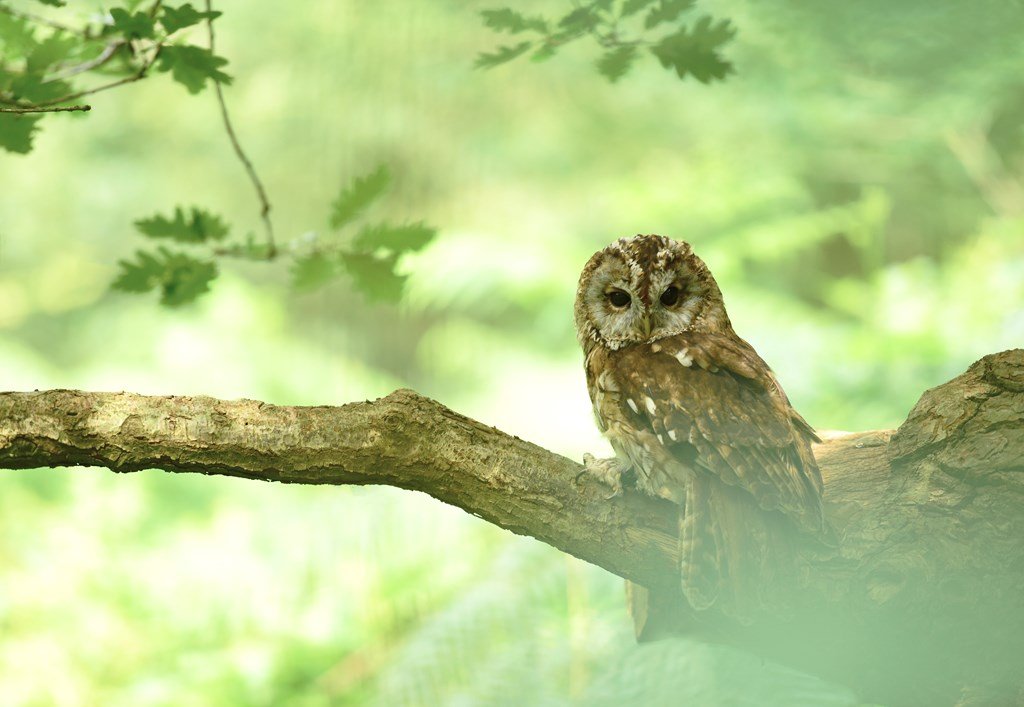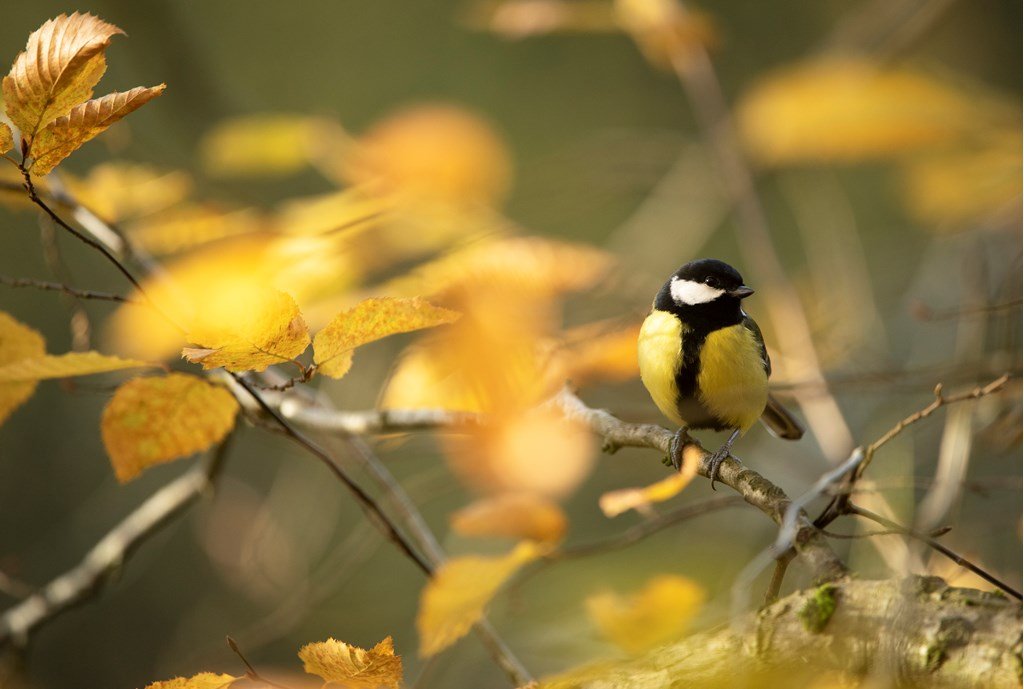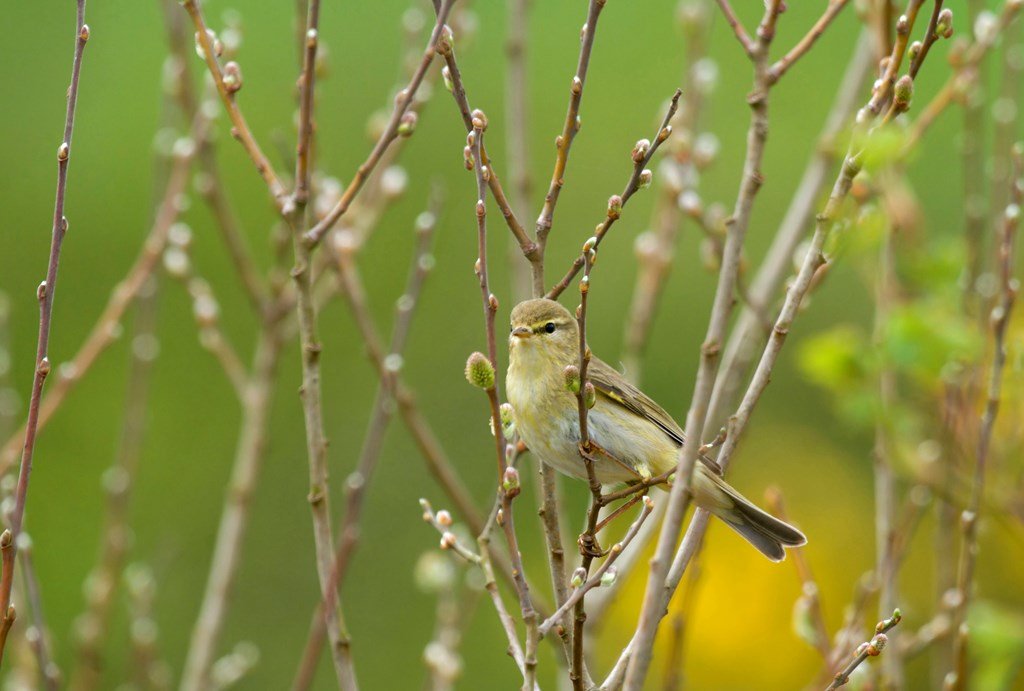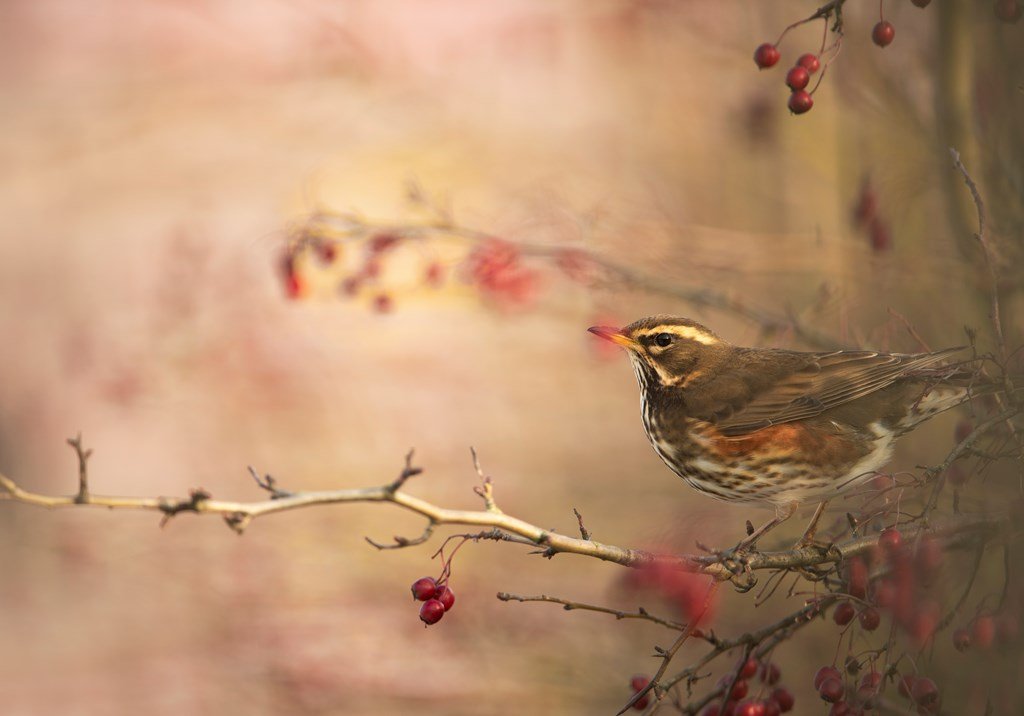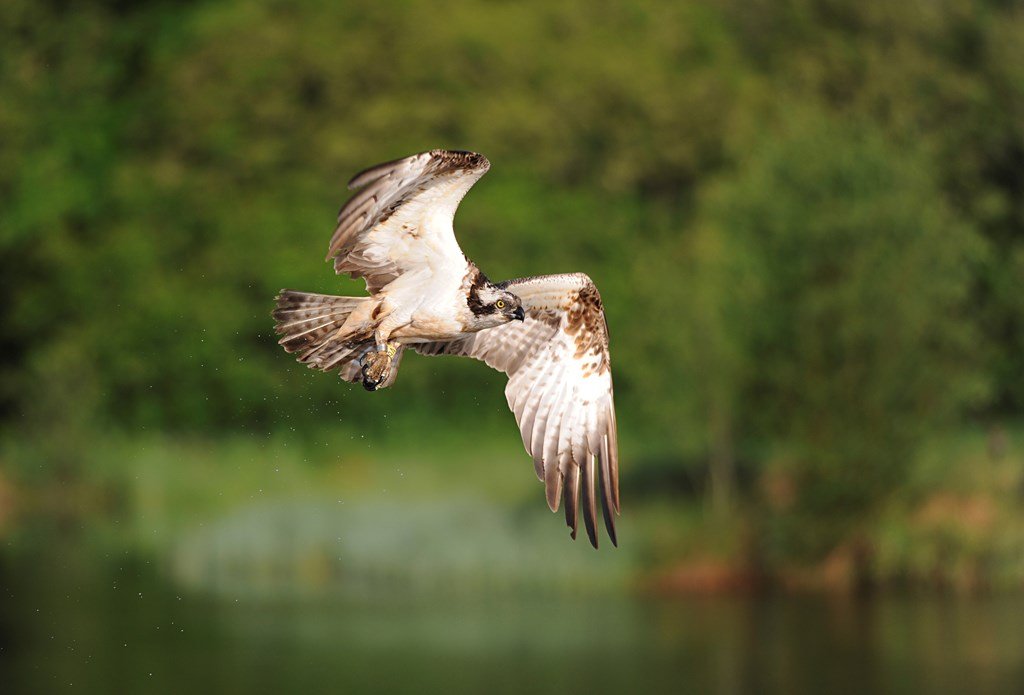Birds
Many species of woodland birds live in Scotland’s rainforest making good use of the seasonal gluts of insects, nuts, seeds and fruits. The rich biodiversity here means that there’s a lot of food right through the year, and that means a lot of birds.
But our temperate rainforests are particularly important for several species of migrant birds, which you’ll only see here from spring until early autumn. These birds make remarkable journeys from Africa each year to raise their families in Scotland.
They’re also in trouble. Birds like wood warblers and pied flycatchers have a restricted range now in Scotland and the rest of the UK, so seeing or hearing one can be a challenge. The reasons for their decline are complex and vary between species. But habitat loss, a lack of insects, problems on their migration routes or wintering sites, and climate change are all likely to be contributing factors.
Wood warbler
Wood warblers look similar to the more-common willow warbler and chiffchaff, but they have a very distinctive call. Often referred to as a ‘spinning coin’, the song starts with a ‘pee pee pee pee’ call which then becomes a ‘pip pip pip pip’ that gets faster and faster, before racing away at high speed. Wood warblers were once more widespread, but they’ve become almost entirely restricted to the oak woodlands of the rainforest.
Find out more here:
Redstart
Male redstarts have a bright orange chest and a black throat. Females are a duller brown, but they also have a red tail, from where the species gets its name. Juveniles have the red tail as well, but they’re more speckled, and are easy to confuse with young robins.
Like the wood warbler, redstarts prefer to nest in oak woodland, and although their stronghold is in the west, they can be found in suitable habitat across Scotland.
Find out more here:
Pied flycatcher
Another fan of oak woods, male pied flycatchers have very distinctive black and white plumage. Females have more muted colours so that they’re camouflaged in the nest. Both males and females can be seen darting out from perches to catch insects in the air.
The population of pied flycatchers has gone down in the UK, and their range has become more restricted towards the west. They are specialists of temperate rainforests, but they can be tricky to see.
Find out more here:
Other rainforest birds to look out for


